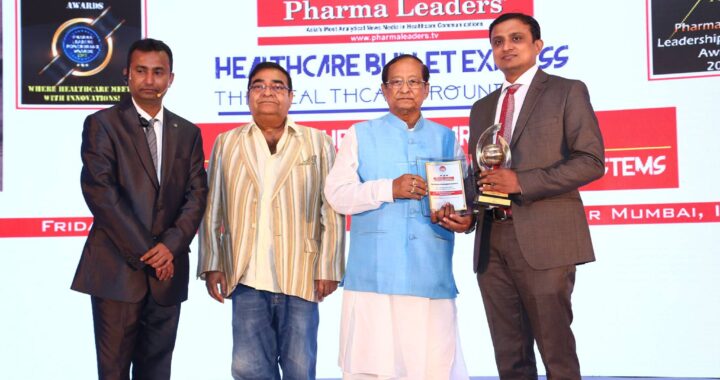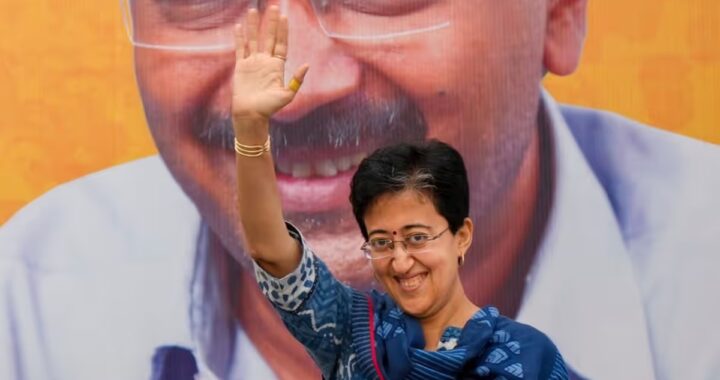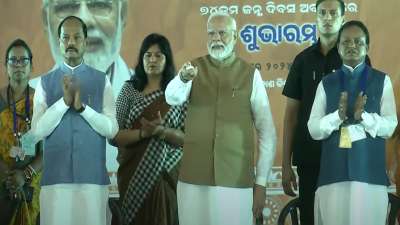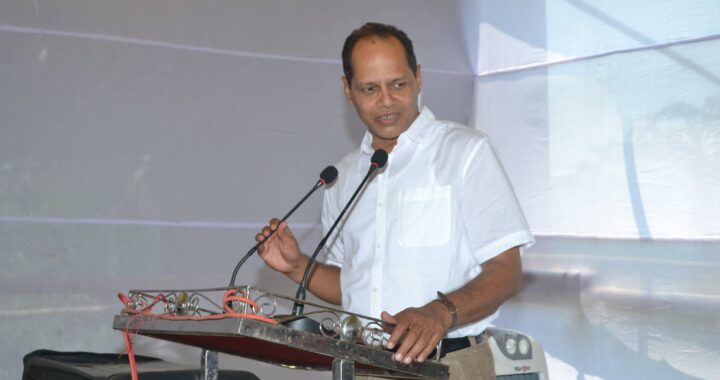BJD still strong in Rural & Urban Odisha, BJP faces upheal task in organisation structure.
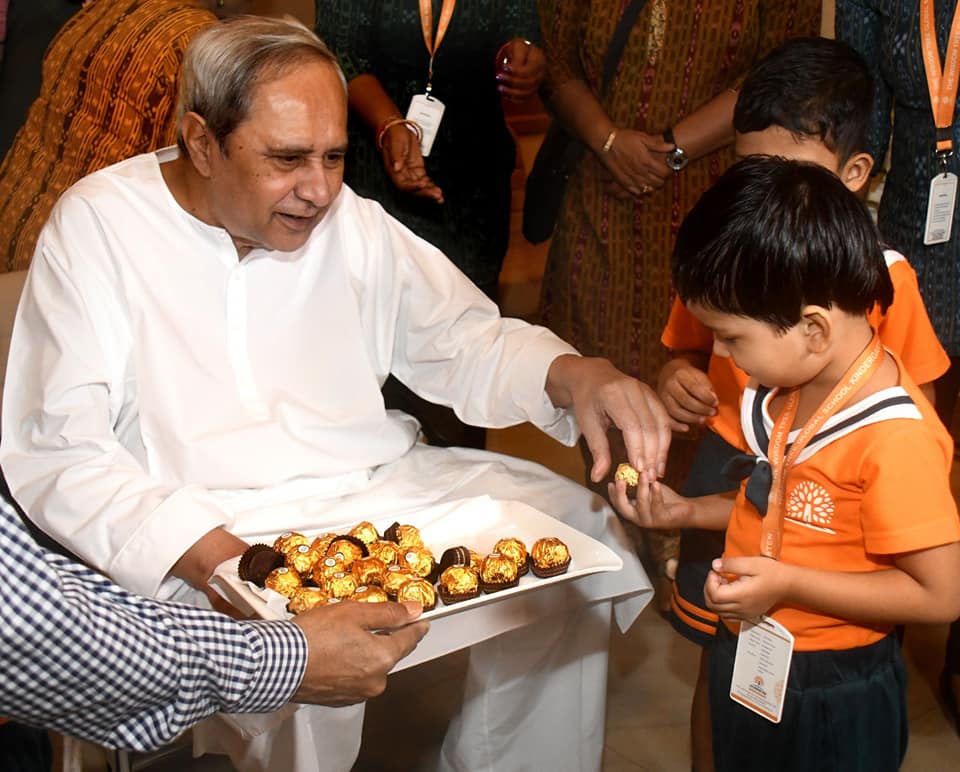
Ashutosh Mishra*
Bhubaneswar: It is becoming increasingly clear that Odisha figures prominently in the Bharatiya Janata Party’s (BJP) scheme of things for 2019. It has emerged as the key state in the party’s Look East policy. The BJP top brass is hopeful of making major gains here, both in Lok Sabha and assembly elections.
Nothing else can explain the keen interest being shown in the state by Prime Minister Narendra Modi and his lieutenant-in-chief, BJP president Amit Shah. Modi’s visit to Odisha on December 24, during which he addressed a public meeting and laid the foundation for several projects, was his third this year. The prime minister presented his four-year report card in May from Cuttack. He will come calling again next month. One can safely assume there will be many more visits from him in the run up to the general elections.
Shah, a hard taskmaster, has also been a frequent visitor to the state. The BJP, with just 10 seats in the state assembly, is not even the main opposition party. That tag belongs to the Congress, which boasts of 15 MLAs. However, the BJP’s body language suggests they willing to take on chief minister Naveen Patnaik and his Biju Janata Dal (BJD), which enjoys a brute majority in the 147-strong assembly with as many as 118 MLAs.
Two factors boosting BJP’s confidence
Two factors appear to have boosted the BJP’s confidence: its credible performance in last year’s zila parishad elections, when the party won 297 seats, a quantum leap from the 36 seats it had in 2012. The second factor could be the decline of the Congress, which now appears more divided than ever despite a change of guard.
But the saffron party has been unable to build on its zila parishad gains, as was evident from its defeat in the Bijepur assembly by-poll in February and more recently, in the by-election to Bijatala zilla parishad in Mayurbhanj district. In both these places, the BJD proved its superiority again.
The defeat in Bijatala was particularly embarrassing for the BJP as it had been making tall claims about its hold on tribal dominated districts like Mayurbhanj. Besides, the BJD was able snatch away the seat despite its local MP Ramchandra Hansdah, a chit fund scam accused, virtually missing from action during the campaign.
Given this backdrop, the target of achieving 120 plus assembly seats set by Shah appears rather unrealistic and aimed more at boosting the cadre’s morale ahead of the general elections.
The party has launched programmes like “mo booth sabuthu mazboot” (my booth is the strongest) and Jansampark yatra to reach out to voters across the state. But it still lacks the organisational strength of the Patnaik-led BJD, which has over the years turned into an election winning machine.
Western belt stronghold
Equally significant is the fact that the BJP has moved away from the core issues like development of western Odisha. It was this promise which made it a force to reckon with and eight of the party’s ten MLAs are from the state’s western belt.
The party had once built up popular movements to highlight the poverty and under-development of western Odisha, an area notorious for droughts and starvation deaths. However, it was seen as compromising on these issues when it shared power in the state with the BJD from 2000 to 2009.
Despite sharing power for almost a decade, the party failed to ensure fiscal autonomy for the Western Odisha Development Council (WODC), an exclusive body formed to boost infrastructure.
“WODC is a toothless tiger with no financial autonomy. This is not the kind of council the people of the region had fought for. This cannot guarantee their development. Besides, the headquarters of the council is still located in Bhubaneswar which is an irony,” says BJP MLA Pradip Purohit. But he could not explain why his party did not ensure WODC’s autonomy during the years it was part of the government.
The saffron party has also not succeeded in building up effective movements on the plight of farmers in the western region, where several cases of suicides have been reported in the last year.
Patnaik’s clever politics
In sharp contrast to the BJP, the BJD has been choosing issues carefully with an eye on the elections, which is likely to be a duel between the two parties. Patnaik played the regional card deftly on the 21st foundation day of his party on December 26 by raising the demand for fiscal autonomy to Odisha. He held the Centre squarely responsible for the state’s failure to develop railways, national highway network and telephone connectivity.
The clever politician that he is, Patnaik invoked Biju Patnaik, his father and an iconic figure in Odisha. The senior Patnaik was the first to demand fiscal autonomy for the state, raising the slogan of Odia pride. Echoing his father, Naveen Patnaik sought to subsume his earlier demand for special category status to Odisha under the overarching fiscal autonomy issue.
“If we have fiscal autonomy we will neither require special category status nor central grants. We can develop Odisha with our own resources,” he said in a deliberate bid to whip up regional passions.
Seen in the context of his recent meeting with Telengana chief minister K. Chandrashekar Rao, who is trying to forge a federal front of regional parties, Patnaik’s demand assumes a special significance.
Hidden in it is also a message for Modi, who virtually launched his party’s campaign for the 2019 elections in Odisha on December 24: with Patnaik-led BJD fiercely protecting its turf, the BJP should not be hopeful of the lotus blooming in Odisha

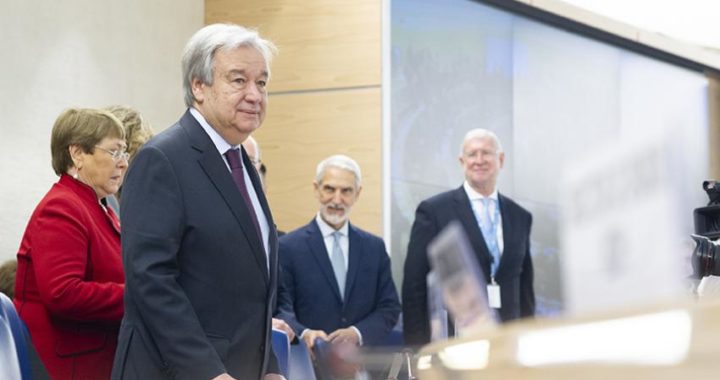 Over 1.54 billion children and youth are out-of-school. Young refugees, displaced persons and others caught up in conflict or disaster now face even more vulnerability.
Over 1.54 billion children and youth are out-of-school. Young refugees, displaced persons and others caught up in conflict or disaster now face even more vulnerability. 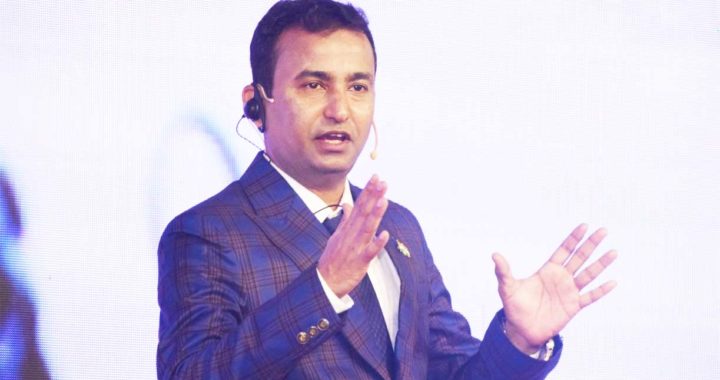 Living In A World Of Uncertainty. COVID-19 may change the world order like never before, People may come out of streets to get two meals a day.
Living In A World Of Uncertainty. COVID-19 may change the world order like never before, People may come out of streets to get two meals a day. 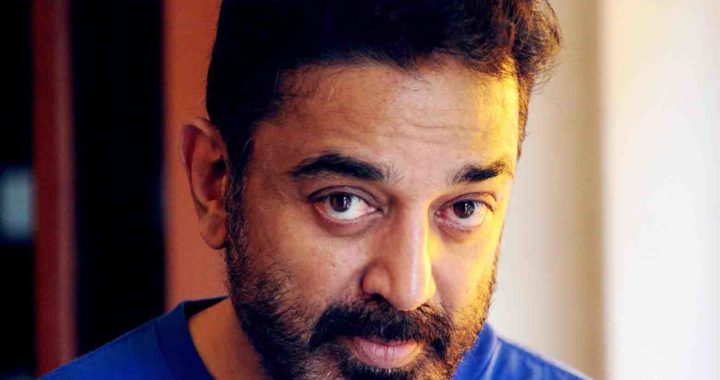 Ill-planned lockdown is leading us to a fatal combination of loss of both life and livelihood – Kamal Haasan writes letter to PM
Ill-planned lockdown is leading us to a fatal combination of loss of both life and livelihood – Kamal Haasan writes letter to PM 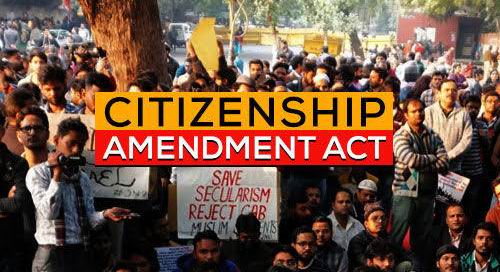 Citizenship (Amendment) Act, 2019 in a nutshell
Citizenship (Amendment) Act, 2019 in a nutshell 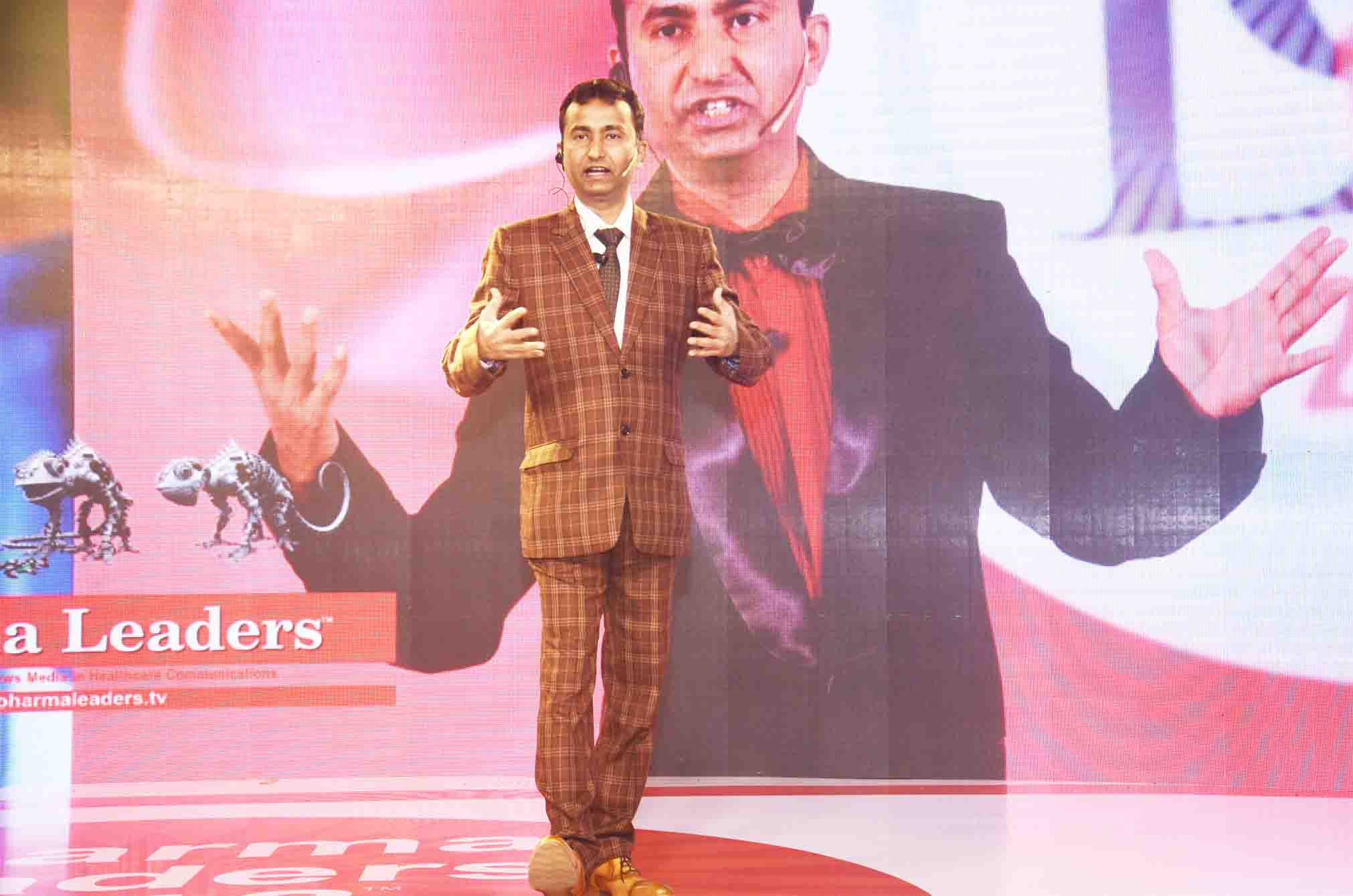 Kashmir needs a healing touch, radicalization of youth a big challenge!
Kashmir needs a healing touch, radicalization of youth a big challenge!  India Leadership Conclave 2019 to focus on Opportunities post Modi 2.0 historic mandate.
India Leadership Conclave 2019 to focus on Opportunities post Modi 2.0 historic mandate. 